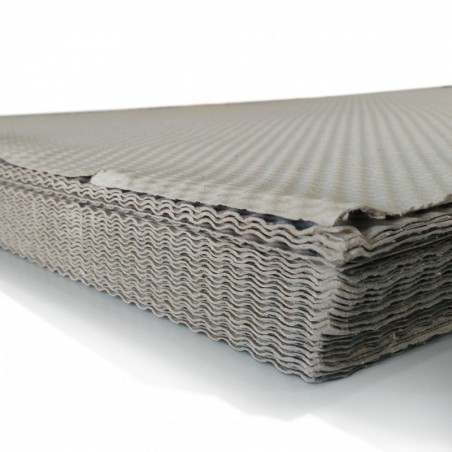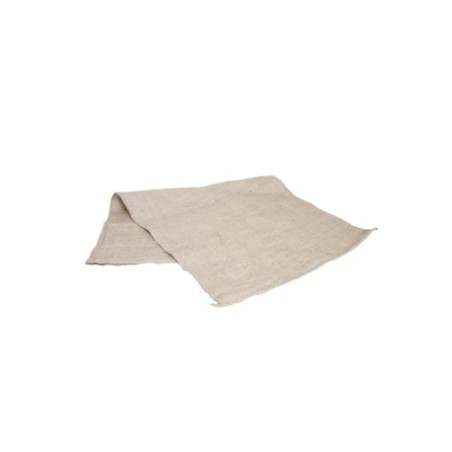The objective was to investigate the effect of split-suckling on the performance of piglets during the first three days of life. Split-suckling implies that not all piglets have access to the udder at all times; i.e. the litter is split-in two or more groups being nursed in alternating order, or only the heaviest piglets are enclosed temporarily; in order to benefit colostrum consumption and survival of disadvantaged neonates. The experiment included three treatments: no split-suckling (CON) (n = 111), split-suckling was applied only in the first day of life (SS1d) (n = 174), and split-suckling was applied during the first three days of life (SS3d) (n = 184). Split-suckling involved alternated nursing of two groups every three hours in order to privilege nursing of the third group for 12 h per day. The two groups which were removed from the sow included the heavier piglets either born in first part or second part of parturition. Group sizes of these two groups were equal and depended on the litter size and the criterion that at least 10 piglets remained with the sow during split-suckling. Split-suckling started after farrowing was completed. In total, 469 piglets from 28 litters were followed for colostrum intake, growth and mortality.
Colostrum intake did not differ between treatments. However, colostrum intake of heavy piglets in SS1d and SS3d were lower when compared to CON. Growth at 24 h post-farrowing was lower in SS3d (51 ± 5 g) as compared to CON (82 ± 7 g), and intermediate in SS1d (65 ± 6 g). Further, growth at 72 h post-farrowing was lower in SS3d (82 ± 4 g/d) as compared to CON (110 ± 6 g/d) and SS1d (101 ± 4 g/d). Thus, heavier piglets in SS1d were able to catch up growth loss, contracted during first day of life, by the third day of life. When piglets were split-suckled for three days, growth continued to be impaired. Furthermore, mortality at 72 h post-farrowing did not differ between treatments but was higher amongst the non-isolated piglets within SS3d compared to those within SS1d.

In conclusion, piglet performances were not improved nor impaired when split-suckling was applied during the first day of life. However and on the contrary, growth was impaired when litters were intensively split-suckled during first three days of life.
Vandaele M, Van Kerschaver C, Degroote J, Van Ginneken C, Michiels J. Piglet performance and colostrum intake in litters either or not split-suckled during the first day or during the first three days of life. Livestock Science. 2020; 241: 104265. https://doi.org/10.1016/j.livsci.2020.104265






